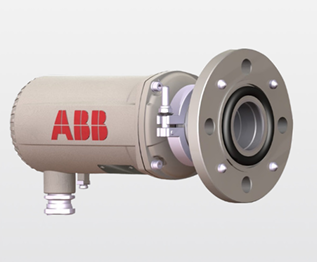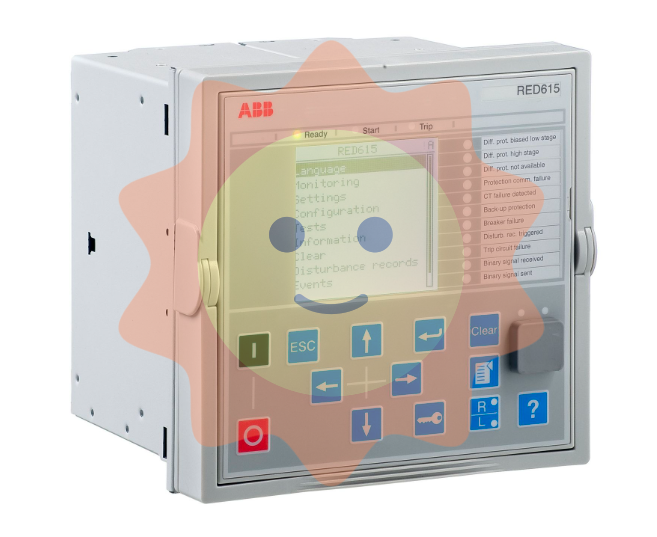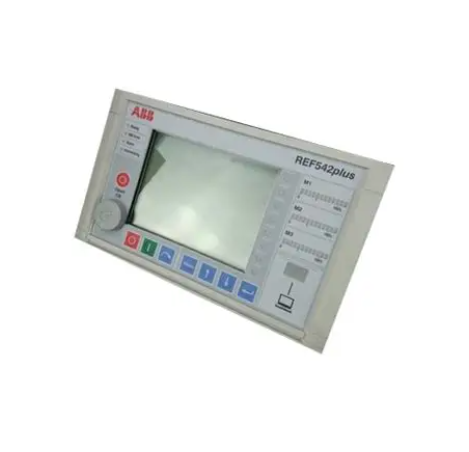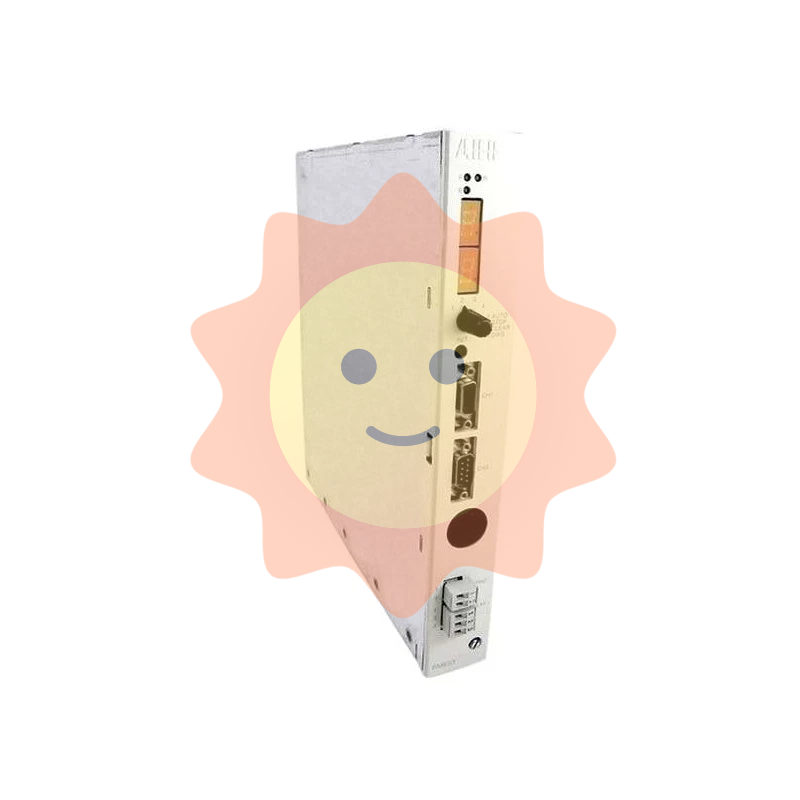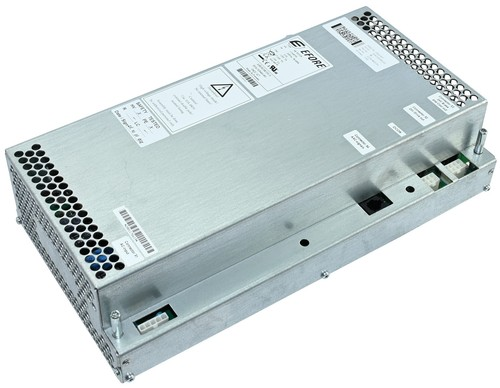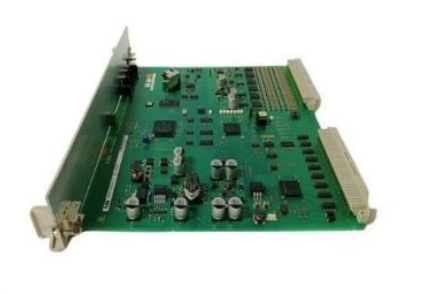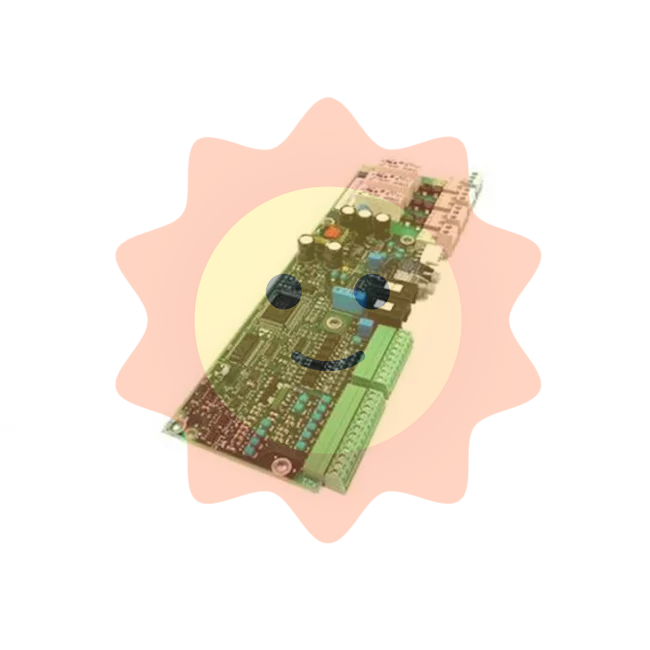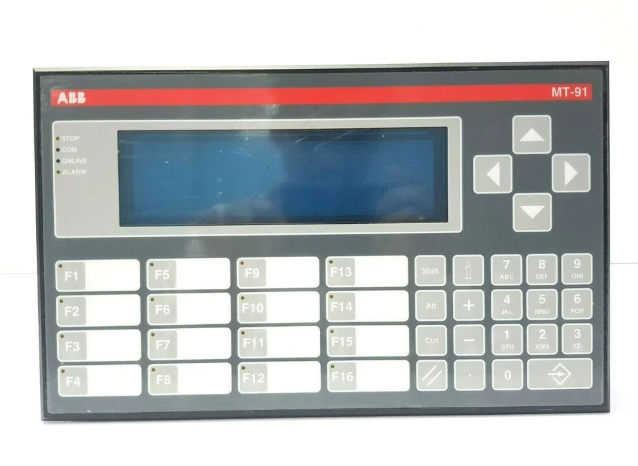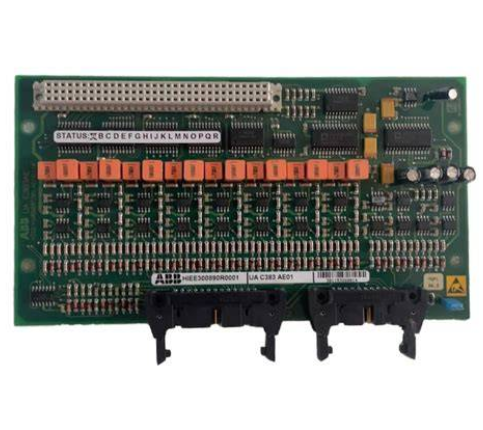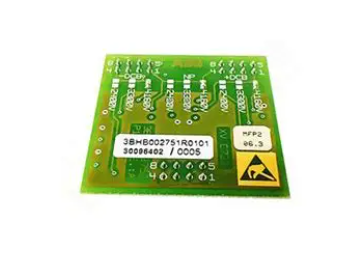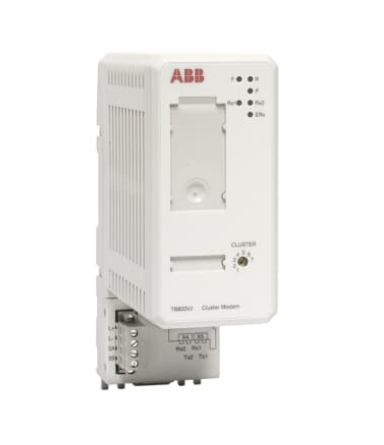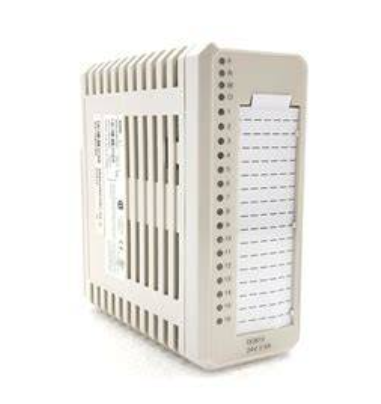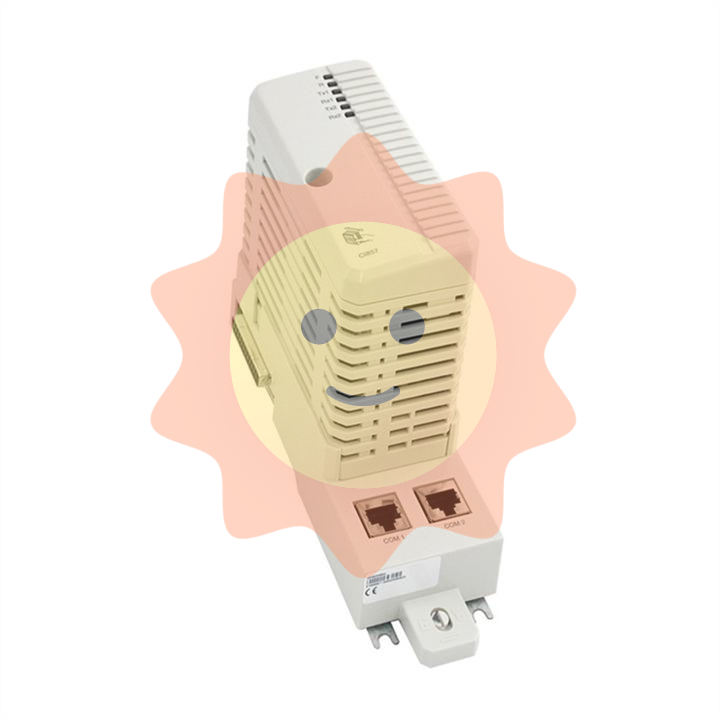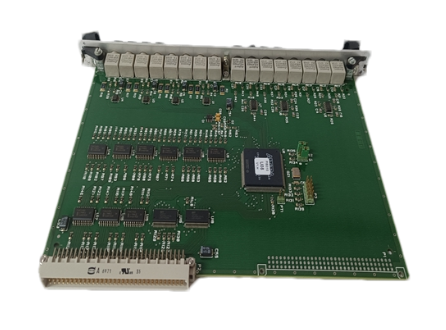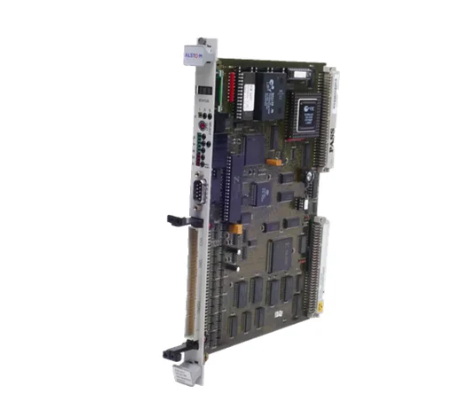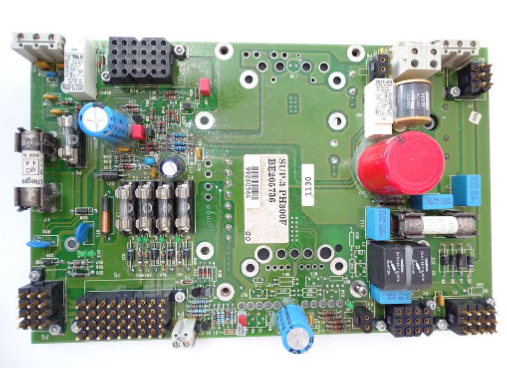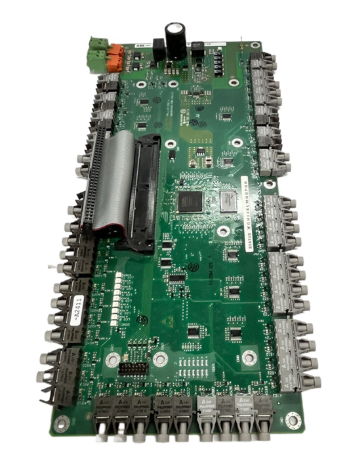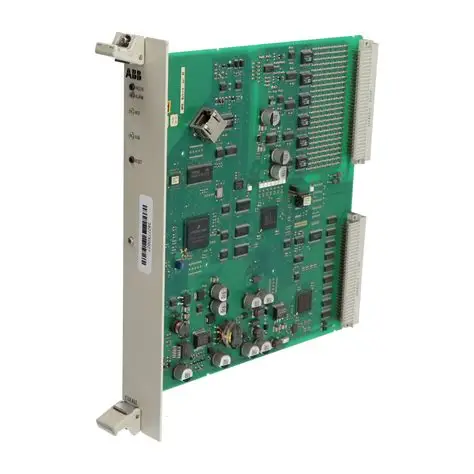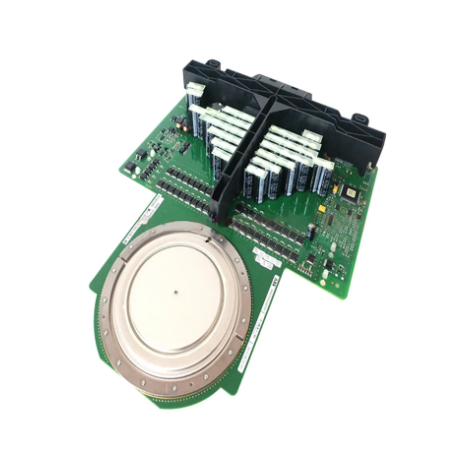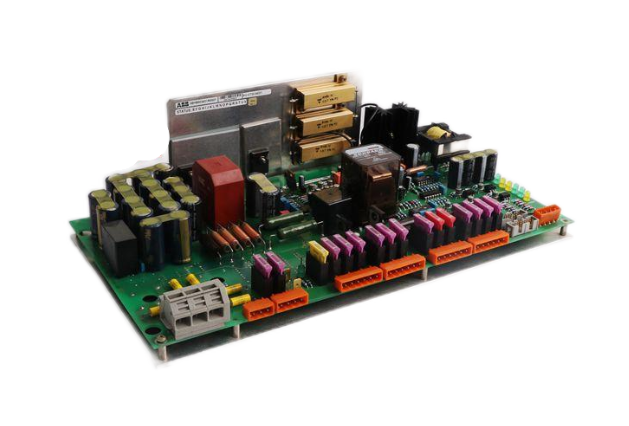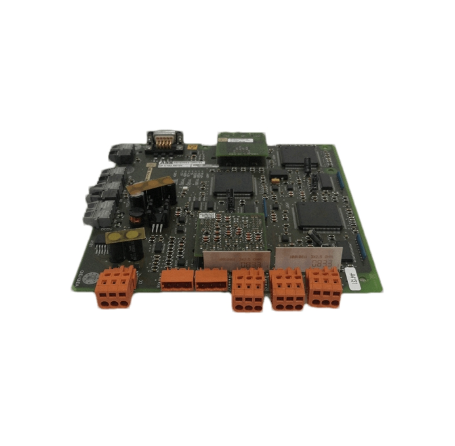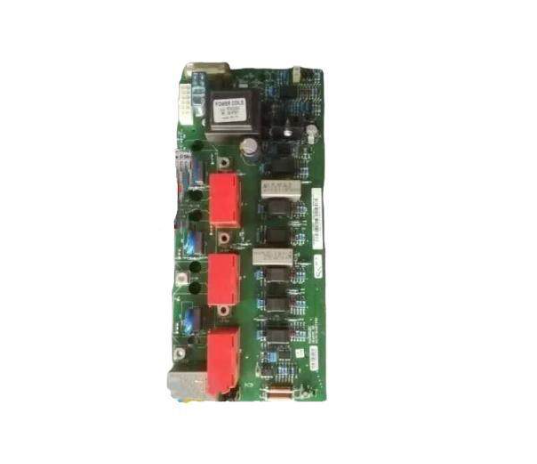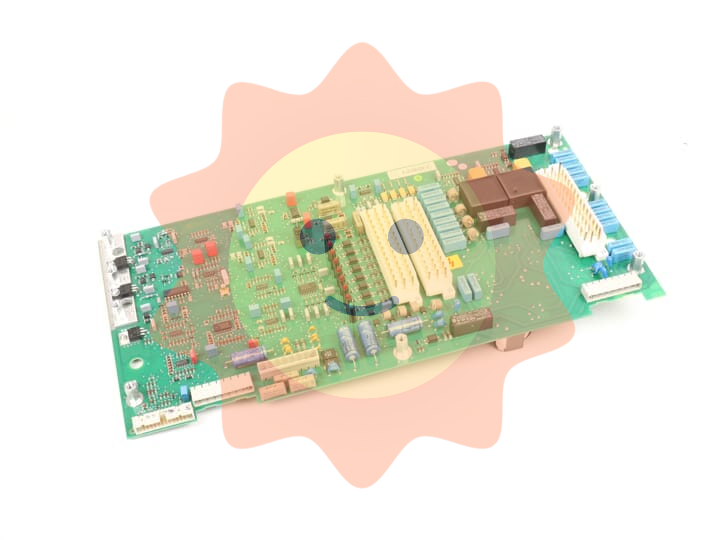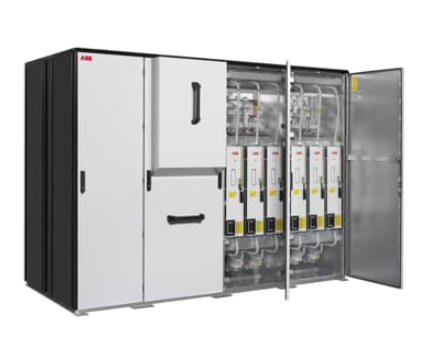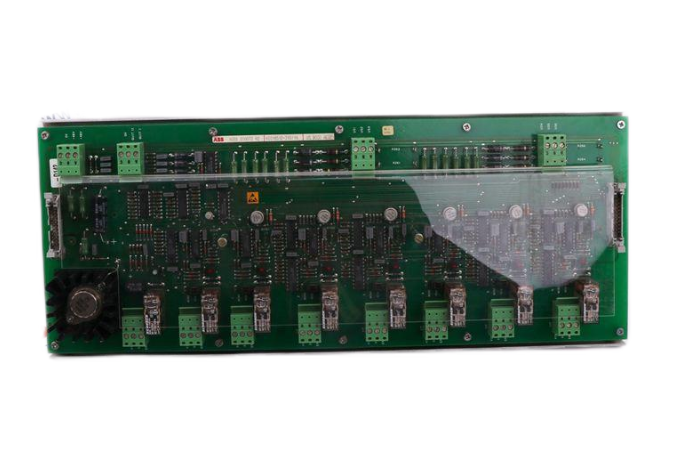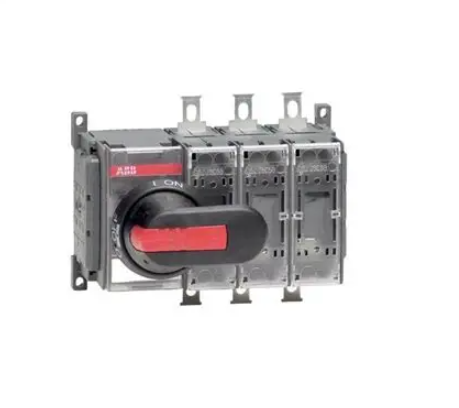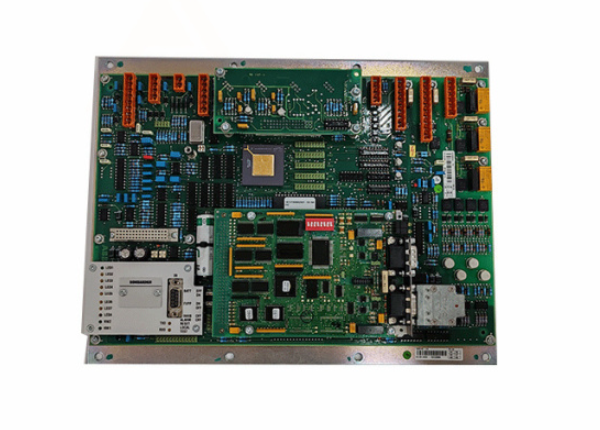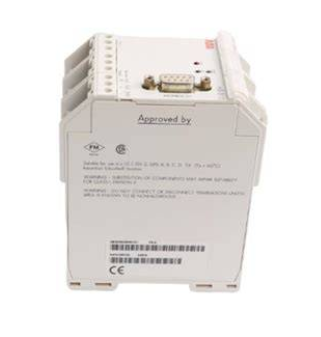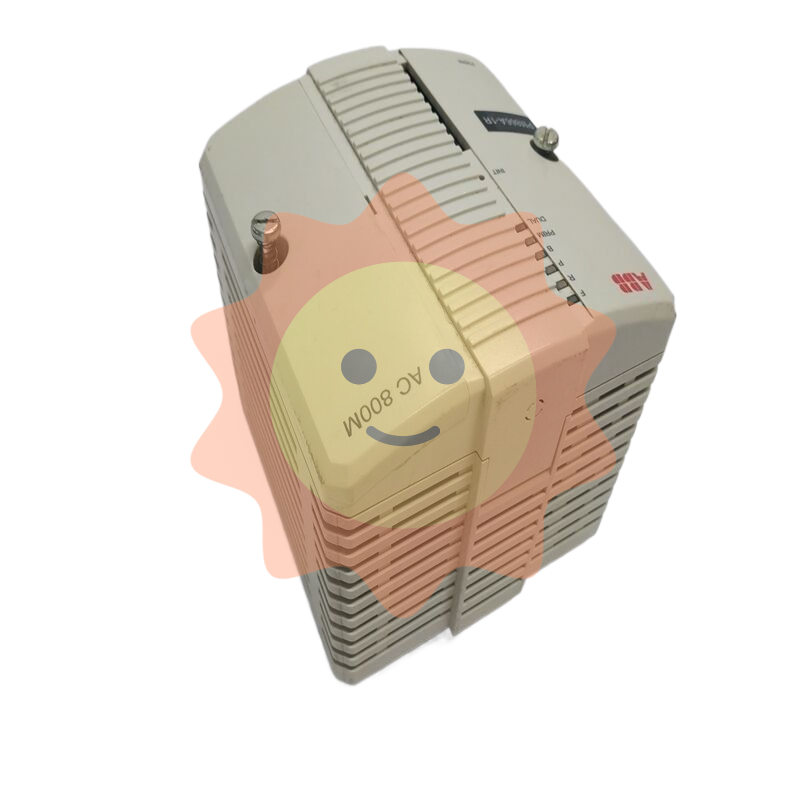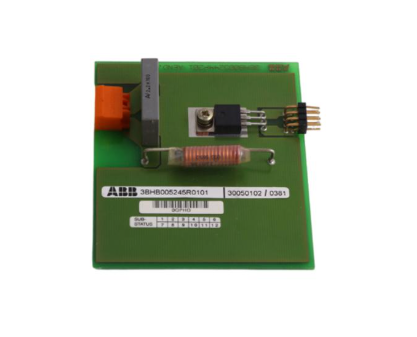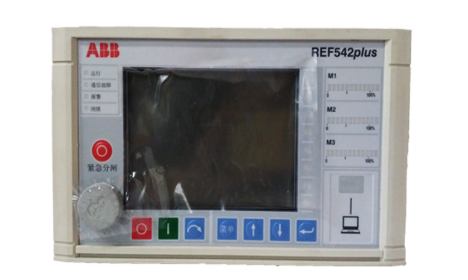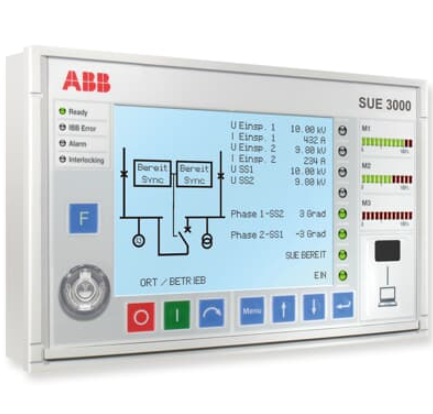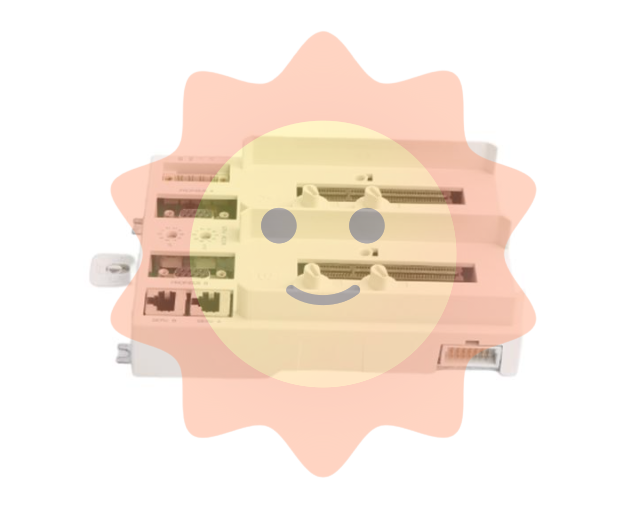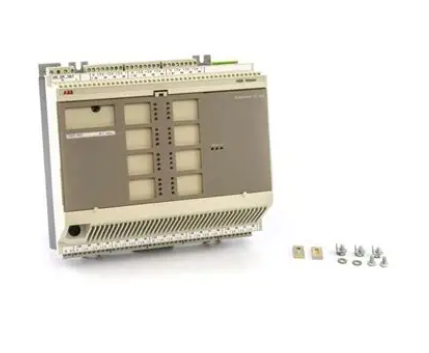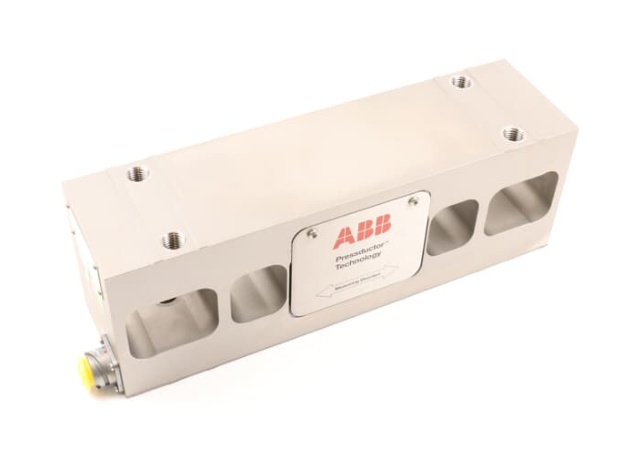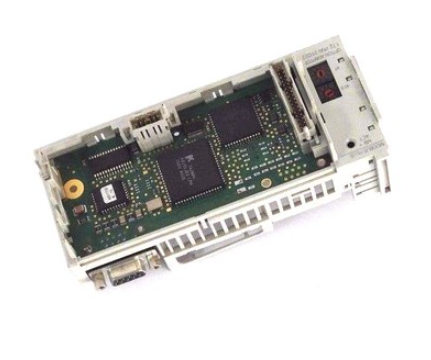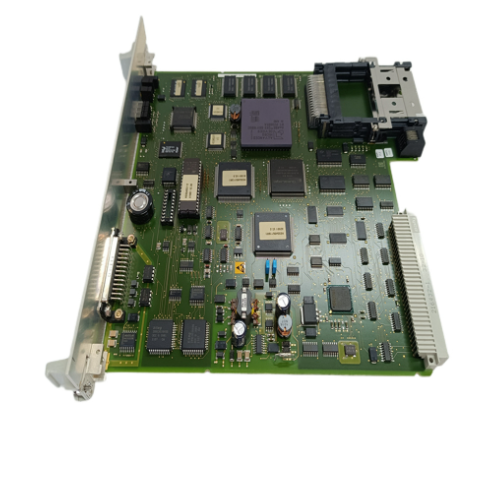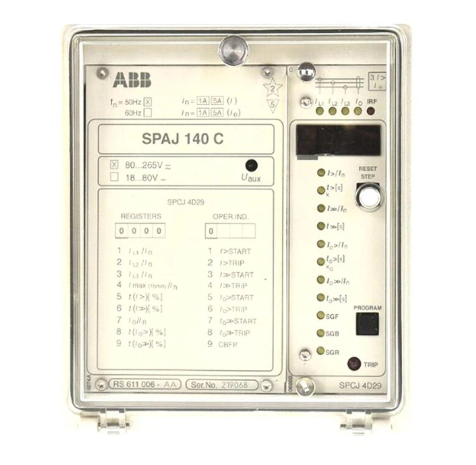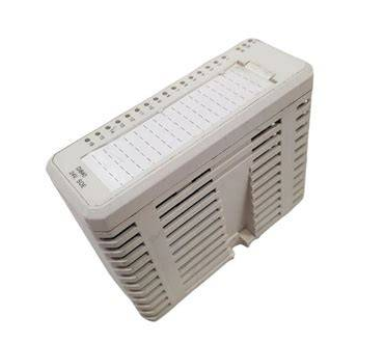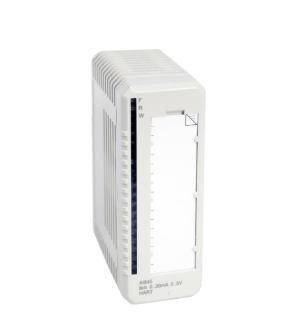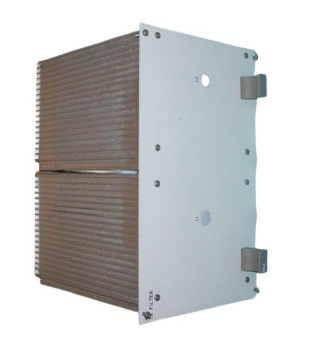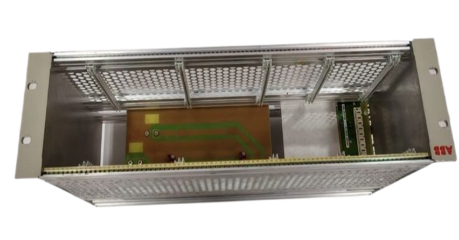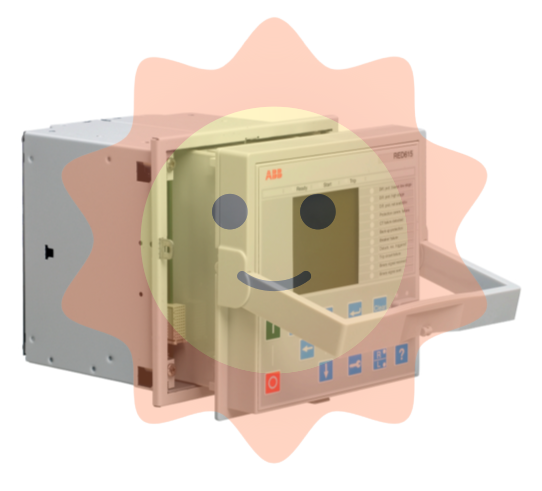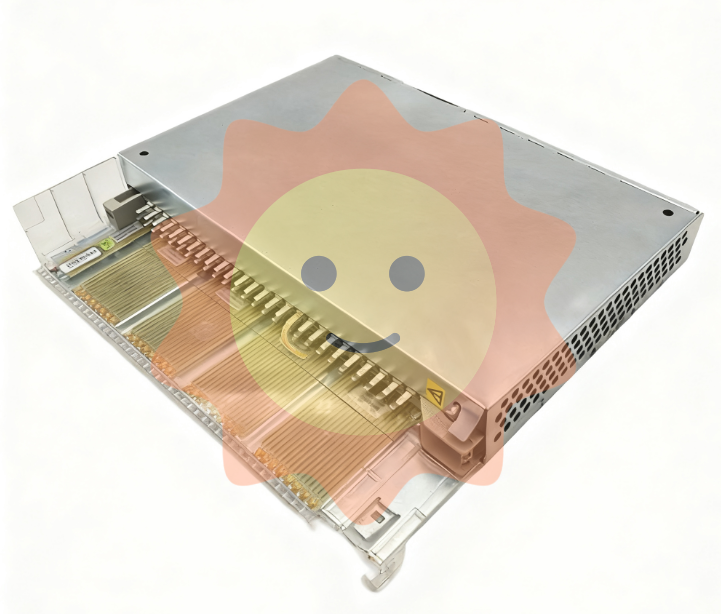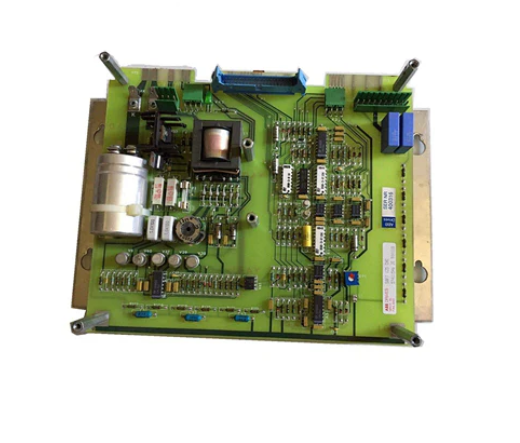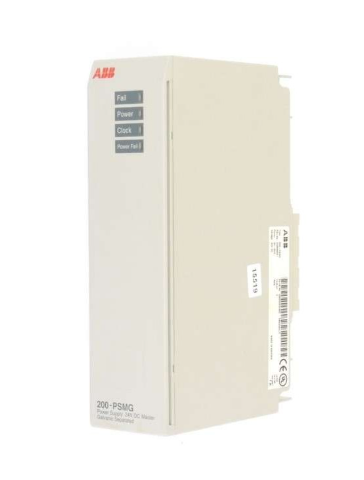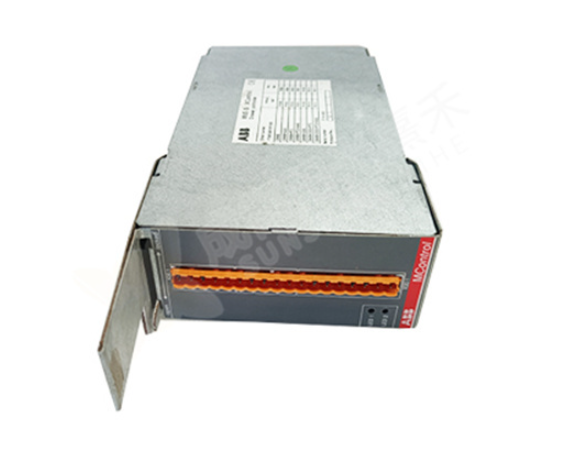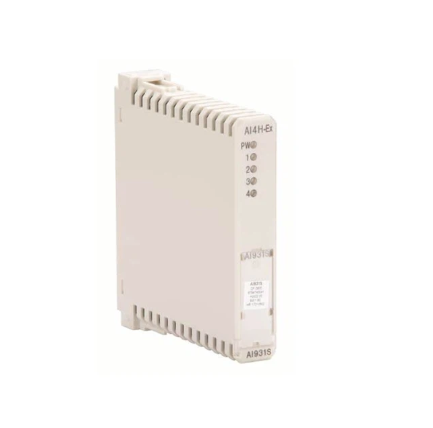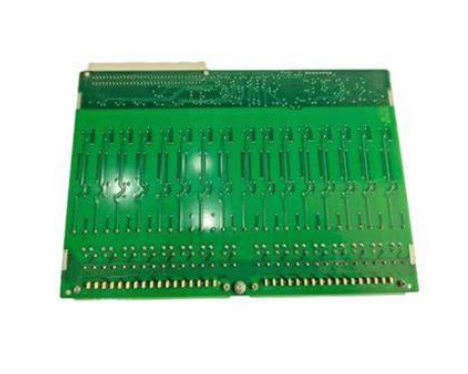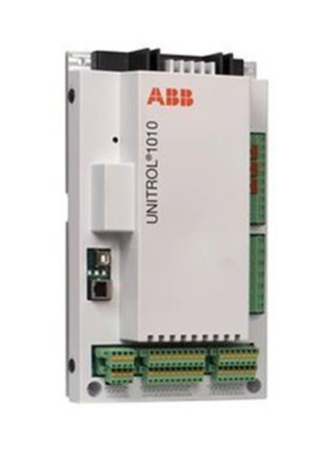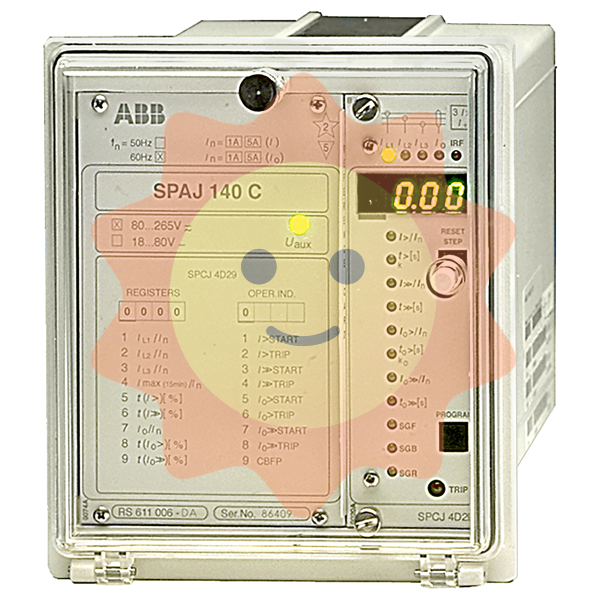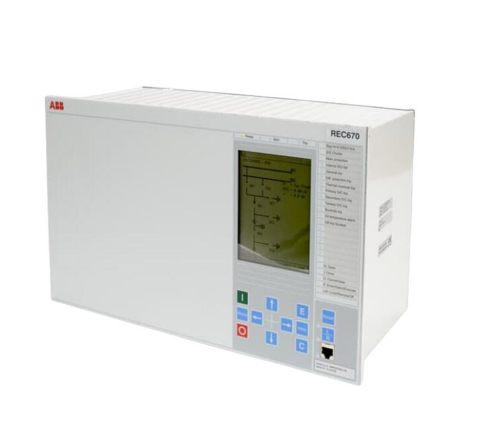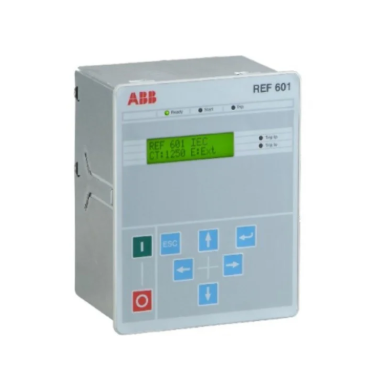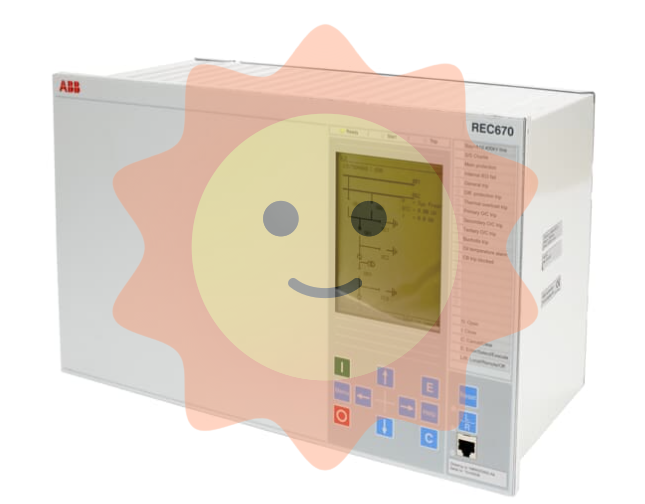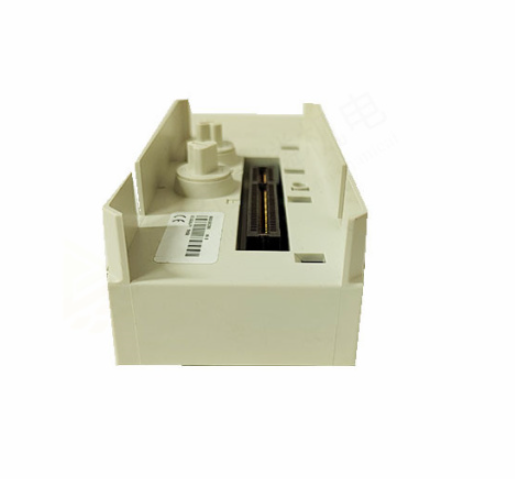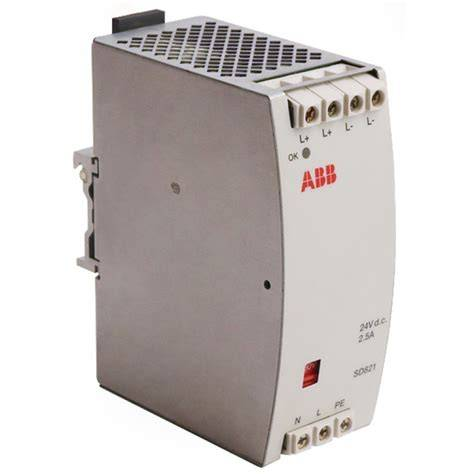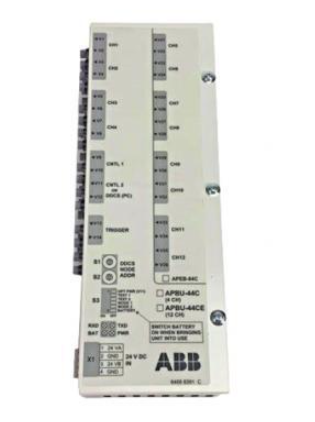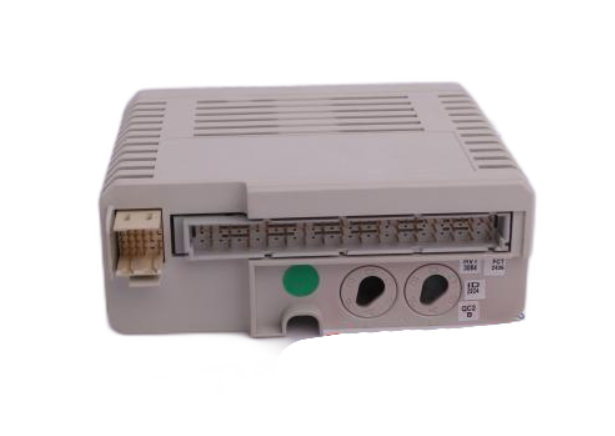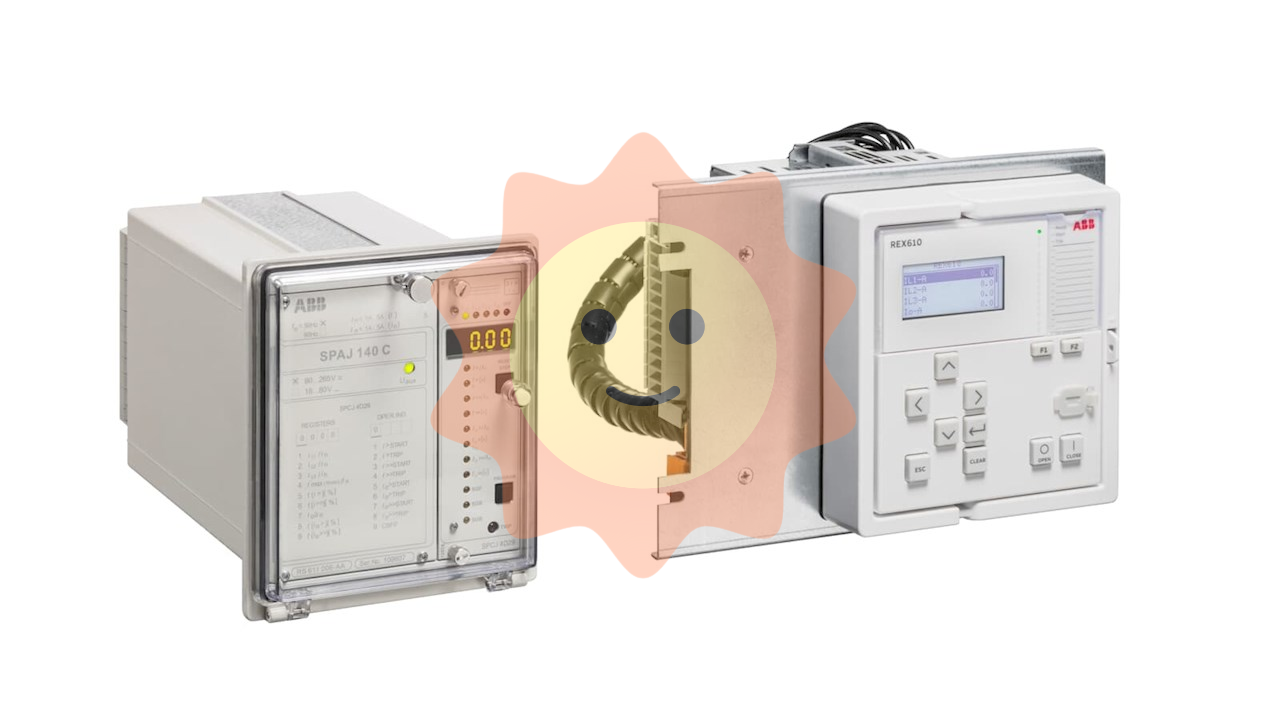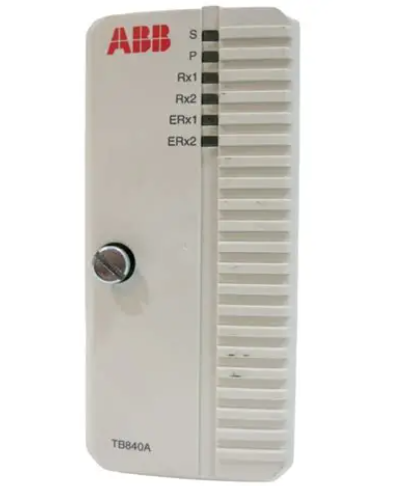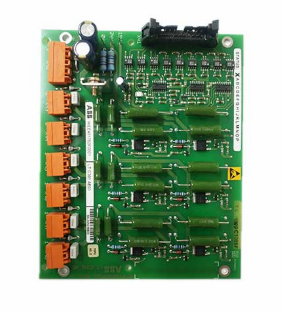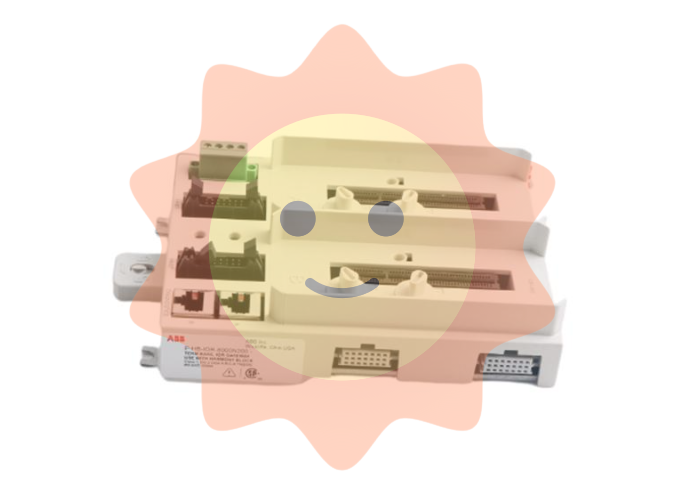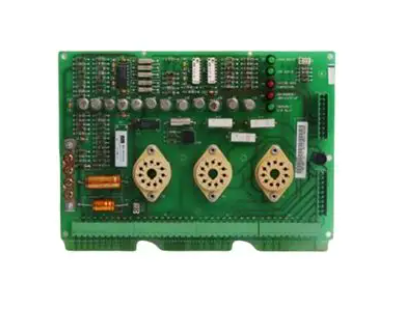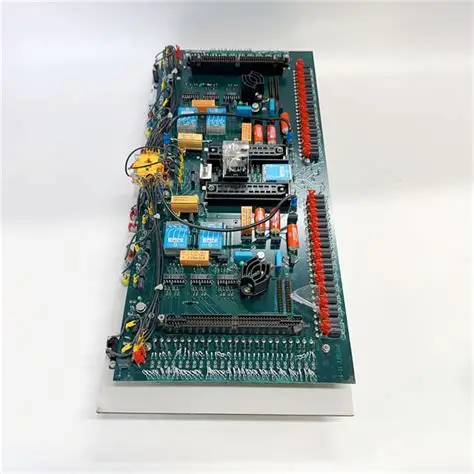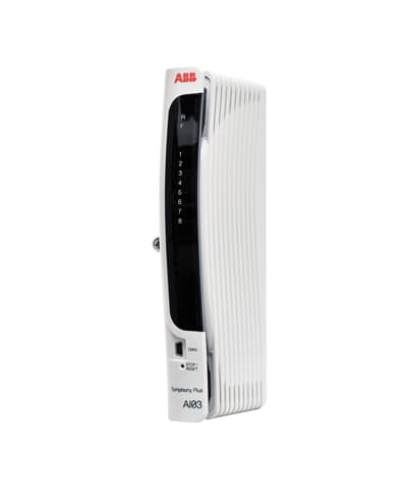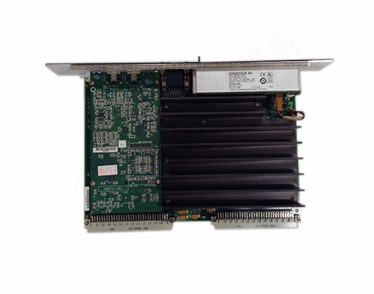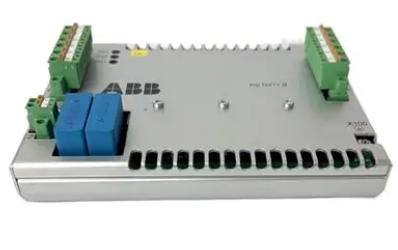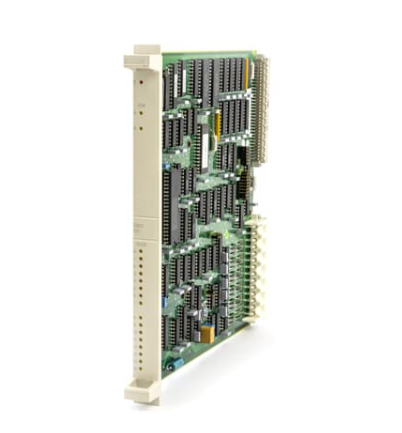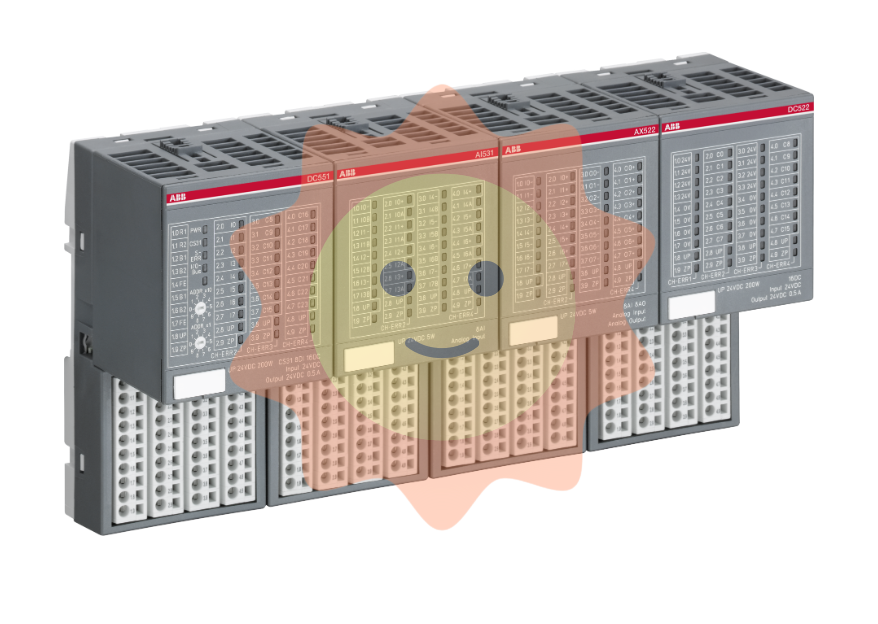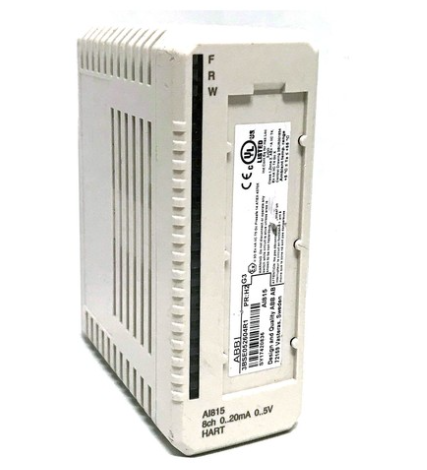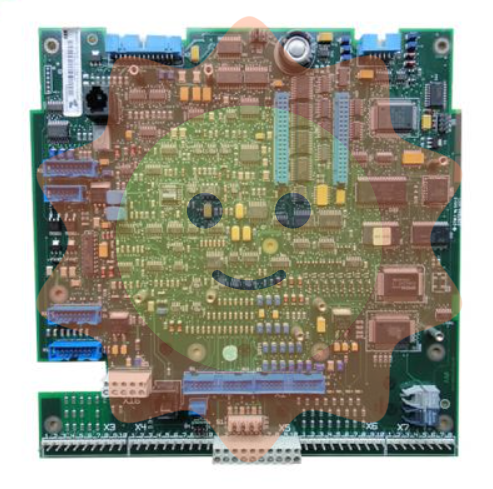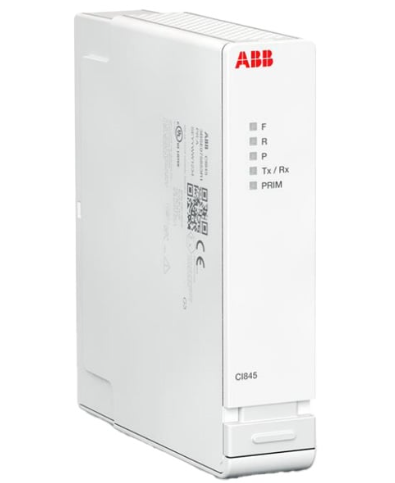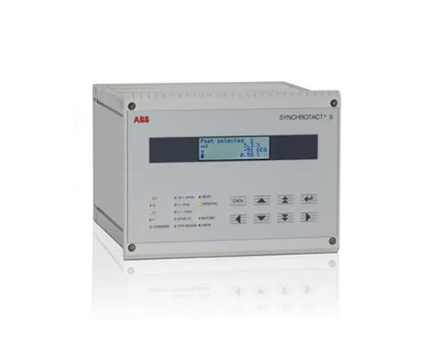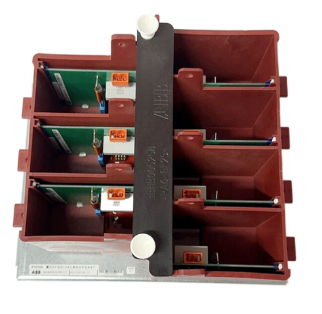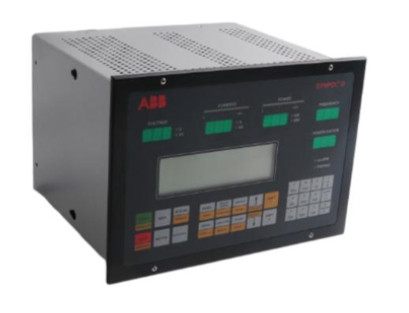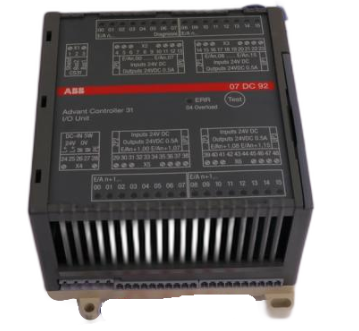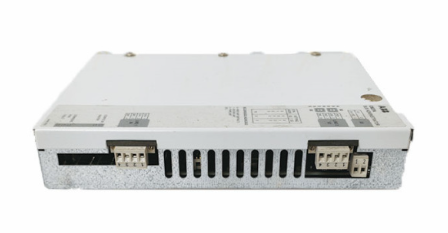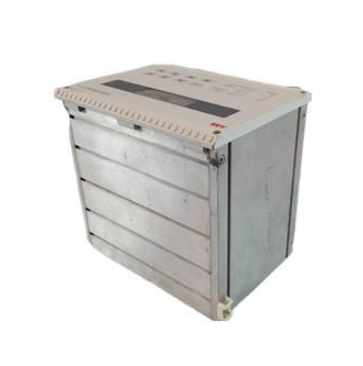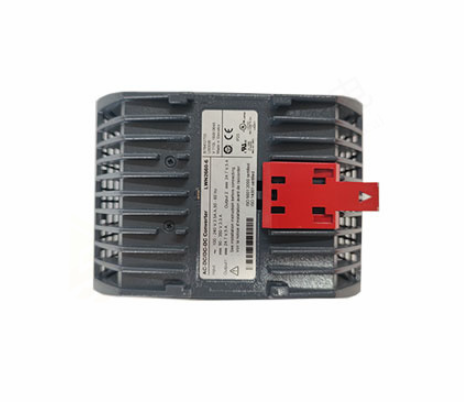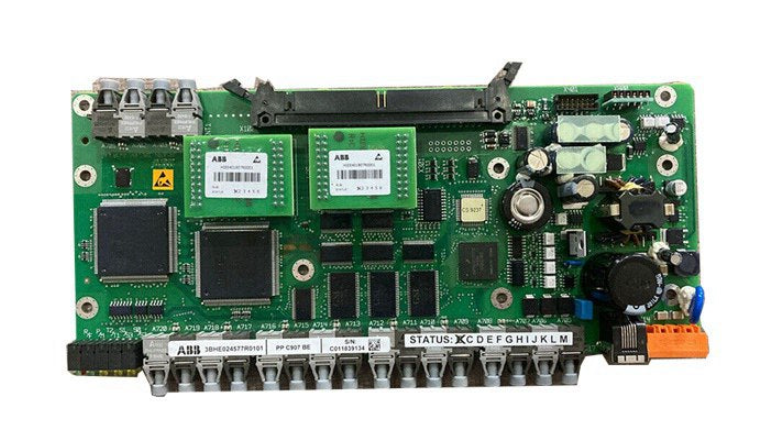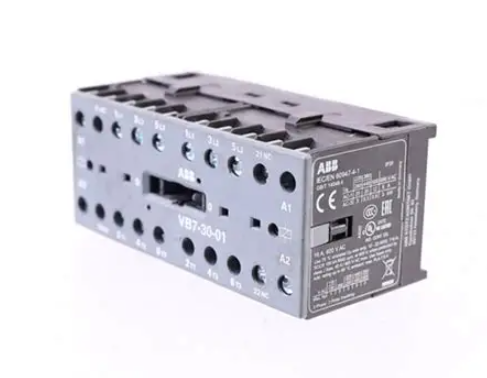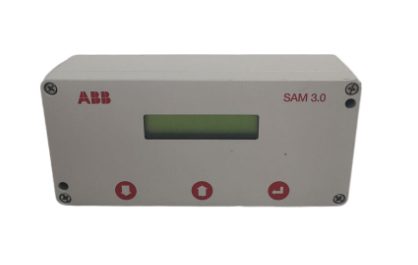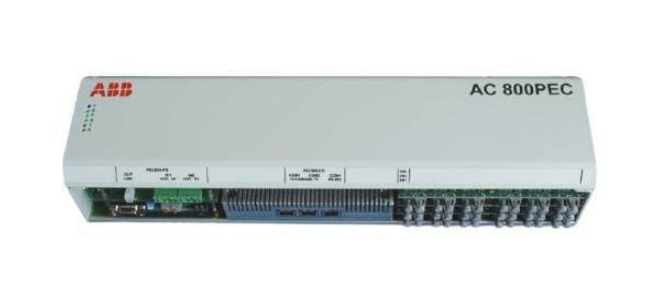Motorola FLN3566A 8 Analog Input
Analog to digital conversion: The preprocessed analog signal enters the analog-to-digital converter (ADC), which converts the analog signal into the corresponding digital signal according to the set resolution and sampling rate. During the conversion process, ADC performs operations such as sampling, holding, quantization, and encoding on analog signals to convert continuous analog signals into discrete digital signals, which are stored in binary form in the module's cache area.
Data transmission and processing: The digital data in the cache area is transmitted to an external controller or upper computer through a communication interface according to the corresponding communication protocol (such as Modbus, Profibus, etc.). At the same time, the microprocessor inside the module performs preliminary processing on the collected data, such as data verification, range conversion, etc., to ensure the accuracy and completeness of the transmitted data. During the data transmission process, the module will also monitor the communication status. If any communication abnormalities are found, timely measures such as resending and alarming will be taken to ensure reliable data transmission.
Key advantages
High reliability: Using industrial grade components and rigorous manufacturing processes, the module undergoes strict quality inspection and aging testing to ensure stable operation in harsh industrial environments. The comprehensive electrical isolation and anti-interference design effectively enhance the module's resistance to adverse factors such as electromagnetic interference and power fluctuations, reduce equipment failure rates, extend equipment service life, and provide strong guarantees for applications with high reliability requirements such as industrial automation.
High precision: The high-resolution analog-to-digital conversion and precise signal conditioning circuit enable the module to achieve extremely high precision in the analog signal acquisition process, accurately reflecting the actual value of physical quantities. In industries that require high measurement accuracy, such as medical equipment testing and scientific research experiment data collection, providing reliable data support can help improve product quality and the accuracy of scientific research results.
Strong flexibility: Supports multiple types of analog signals and flexible sampling rate settings, able to adapt to diverse signal acquisition needs in different application scenarios. Rich communication interface options facilitate integration with various control systems, whether it is a small local control system or a large distributed network system, seamless integration can be easily achieved, improving the flexibility and scalability of system construction.
Precautions
Installation environment: It should be installed in a dry, well ventilated environment without strong electromagnetic interference. Avoid using in places with high temperature, humidity, dust or corrosive gases, as high temperature environments may affect the heat dissipation performance of modules and shorten the lifespan of components; Damp environment can easily cause short circuit faults; Dust and corrosive gases may corrode circuit boards and damage electronic components. The working temperature range is generally 0 ℃ -50 ℃, and the storage temperature range is -20 ℃ -80 ℃. It should be used and stored within the specified temperature range as much as possible.
Wiring operation: When connecting input signal cables, it is necessary to ensure that the signal type is consistent with the module settings, and to wire according to the correct polarity and interface definition to avoid signal transmission errors or module damage caused by misconnection. For current signal input, attention should be paid to the selection of cable diameter to ensure that the current loss during signal transmission is within an acceptable range. At the same time, grounding measures should be taken to reliably ground the grounding terminal of the module, in order to improve anti-interference ability and safety.
Daily maintenance: Regularly check the working status indicator lights of the module to see if there are any abnormal alarm messages. Monitor the communication status of the monitoring module and the accuracy of data collection. If any data abnormalities or communication interruptions are found, promptly investigate the cause of the malfunction. Regularly clean the surface dust of the module to prevent dust accumulation from affecting heat dissipation and normal operation. For modules that are used for a long time, it is recommended to conduct comprehensive performance testing and calibration at regular intervals to ensure that their performance is always at its best.
Application scenarios
Industrial automation production line: used in the process of industrial automation production to collect analog signals from various sensors, such as temperature sensors, pressure sensors, flow sensors, etc. By real-time collection and analysis of these signals, precise control and monitoring of the production process can be achieved, abnormal situations in production can be detected in a timely manner, production parameters can be adjusted, and production efficiency and product quality can be improved. For example, on the automobile manufacturing production line, real-time monitoring of welding robots' analog signals such as welding current and voltage can be carried out to ensure the stability of welding quality.
- EMERSON
- Honeywell
- CTI
- Rolls-Royce
- General Electric
- Woodward
- Yaskawa
- xYCOM
- Motorola
- Siemens
- Rockwell
- ABB
- B&R
- HIMA
- Construction site
- electricity
- Automobile market
- PLC
- DCS
- Motor drivers
- VSD
- Implications
- cement
- CO2
- CEM
- methane
- Artificial intelligence
- Titanic
- Solar energy
- Hydrogen fuel cell
- Hydrogen and fuel cells
- Hydrogen and oxygen fuel cells
- tyre
- Chemical fiber
- dynamo
- corpuscle
- Pulp and paper
- printing
- fossil
- FANUC
- Food and beverage
- Life science
- Sewage treatment
- Personal care
- electricity
- boats
- infrastructure
- Automobile industry
- metallurgy
- Nuclear power generation
- Geothermal power generation
- Water and wastewater
- Infrastructure construction
- Mine hazard
- steel
- papermaking
- Natural gas industry
- Infrastructure construction
- Power and energy
- Rubber and plastic
- Renewable energy
- pharmacy
- mining
- Plastic industry
- Schneider
- Kongsberg
- NI
- Wind energy
- International petroleum
- International new energy network
- gas
- WATLOW
- ProSoft
- SEW
- wind
- ADVANCED
- Reliance
- YOKOGAWA
- TRICONEX
- FOXBORO
- METSO
- MAN
- Advantest
- ADVANCED
- ALSTOM
- Control Wave
- AB
- AMAT
- STUDER
- KONGSBERG
- MOTOROLA
- DANAHER MOTION
- Bently
- Galil
- EATON
- MOLEX
- Triconex
- DEIF
- B&W
- ZYGO
- Aerotech
- DANFOSS
- KOLLMORGEN
- Beijer
- Endress+Hauser
- MOOG
- KB
- Moxa
- Rexroth


Email:wang@kongjiangauto.com

